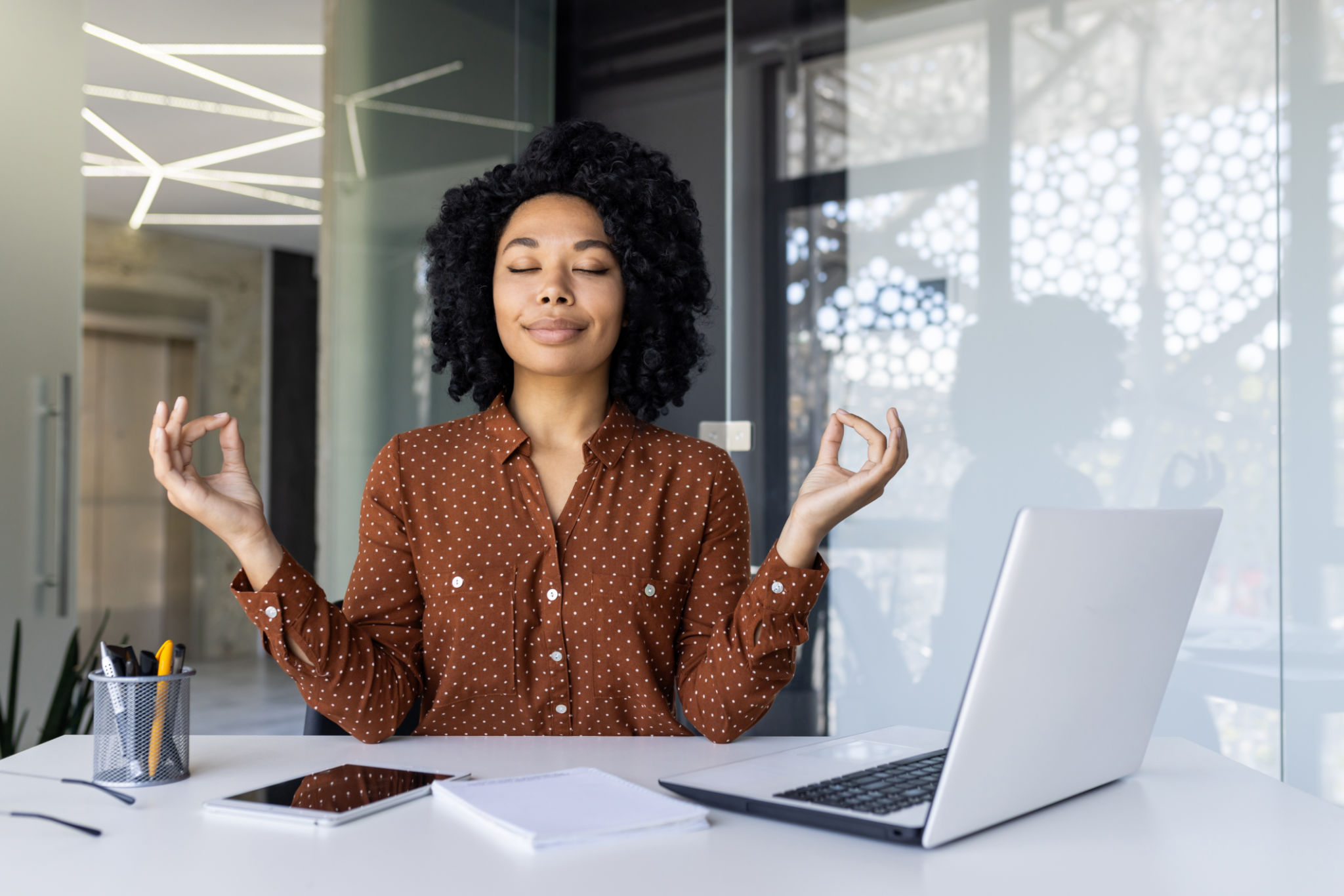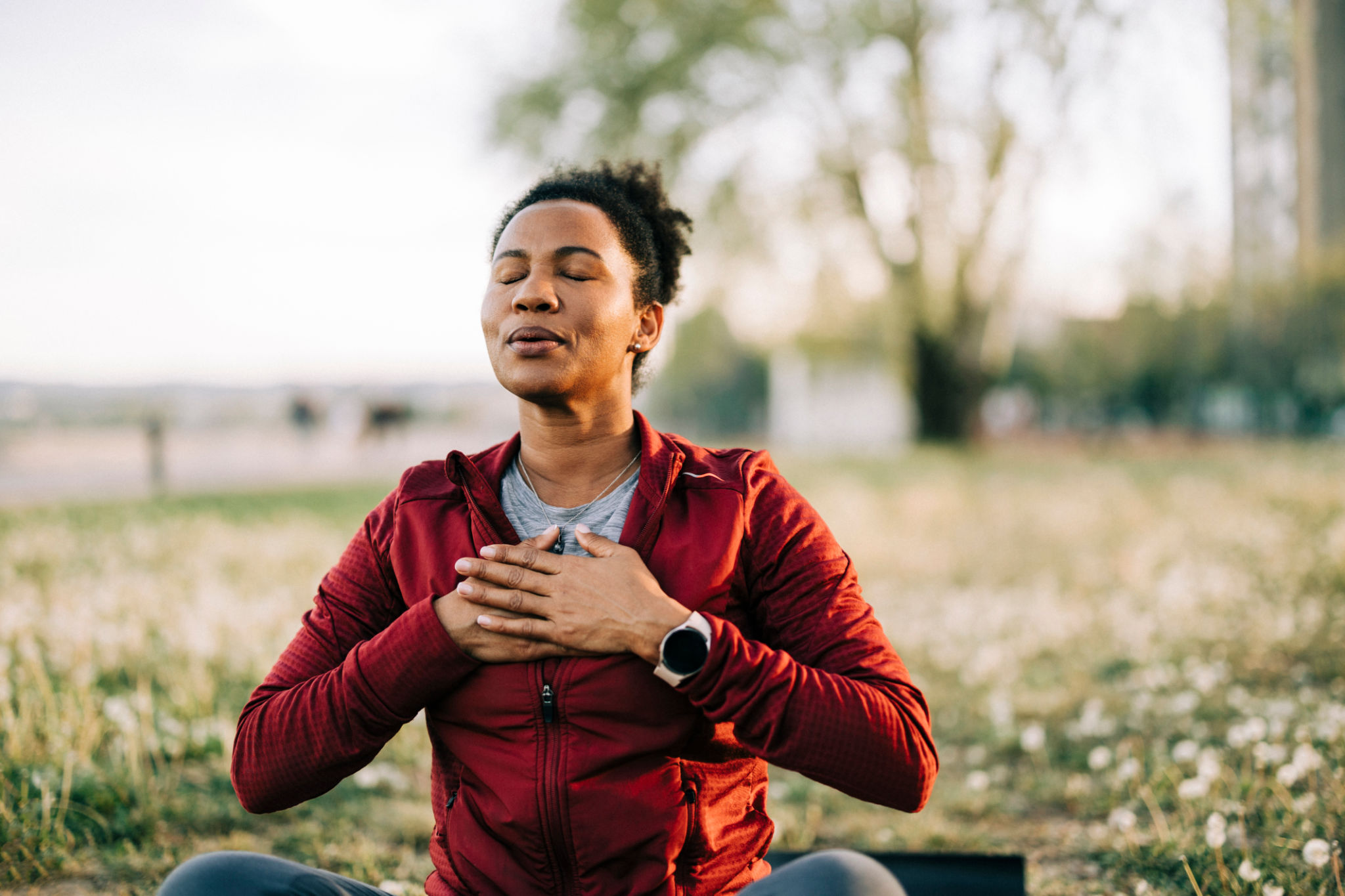Mindfulness Techniques to Reduce Stress and Anxiety
Understanding Mindfulness
In today's fast-paced world, stress and anxiety have become common companions for many. Mindfulness, the practice of being present and fully engaged with the current moment without judgment, offers an effective way to manage these feelings. By integrating mindfulness techniques into your daily routine, you can enhance your well-being and reduce stress.
Mindfulness is more than just a buzzword; it's a practice backed by scientific research. Studies have shown that mindfulness can lead to a decrease in stress levels, improved focus, and greater emotional resilience. The key is to remain consistent and patient as you incorporate these practices into your life.

Breathing Exercises
Why Focus on Breathing?
One of the simplest and most effective mindfulness techniques is focusing on your breath. Breathing exercises can interrupt the cycle of stress by activating the parasympathetic nervous system, which promotes relaxation. When you concentrate on your breath, it helps to ground you in the present moment.
Simple Breathing Techniques
Here are a few breathing exercises you can try to help reduce stress:
- 4-7-8 Breathing: Inhale for a count of 4, hold your breath for a count of 7, and exhale for a count of 8.
- Box Breathing: Inhale for 4 counts, hold for 4 counts, exhale for 4 counts, and hold again for 4 counts.

Body Scan Meditation
Tuning Into Your Body
Body scan meditation is a powerful technique that encourages awareness of physical sensations. This practice involves mentally scanning your body from head to toe, paying attention to any areas of tension or discomfort. By doing so, you can release pent-up stress and create a sense of calm.
Practicing Body Scan
To perform a body scan meditation, find a quiet place where you can sit or lie down comfortably. Close your eyes and slowly bring attention to each part of your body. Notice any sensations without trying to change them. This process can take anywhere from 5 to 30 minutes depending on your preference.

Mindful Walking
A Moving Meditation
If sitting still isn't your preference, mindful walking offers an alternative. This technique involves walking slowly and deliberately while focusing on the motion of your legs and feet. It's a great way to incorporate mindfulness into your daily activities, especially if you find it challenging to dedicate time solely to meditation.
How to Practice Mindful Walking
To begin mindful walking, choose a quiet path where you can walk without distractions. Pay attention to the sensations in your feet and legs as they move. Notice the rhythm of your breath and the surrounding environment. This practice not only reduces stress but also enhances your connection with nature.
Progressive Muscle Relaxation
Progressive muscle relaxation (PMR) is another effective mindfulness technique for reducing stress and anxiety. It involves tensing and then slowly releasing different muscle groups in the body. This method helps relieve tension and promotes a state of relaxation.
Steps to Practice PMR
- Sit or lie down in a comfortable position.
- Start with your toes, tense the muscles for a few seconds, then release.
- Gradually work your way up through each muscle group to your head.

The Importance of Consistency
The benefits of mindfulness are best realized through consistent practice. Even dedicating just a few minutes each day can lead to significant improvements in managing stress and anxiety. Consider setting aside specific times in your day for mindfulness activities to build a habit.
By integrating these mindfulness techniques into your daily routine, you can cultivate a more peaceful and balanced life. Remember that mindfulness is a journey, not a destination, and every step you take brings you closer to tranquility.
